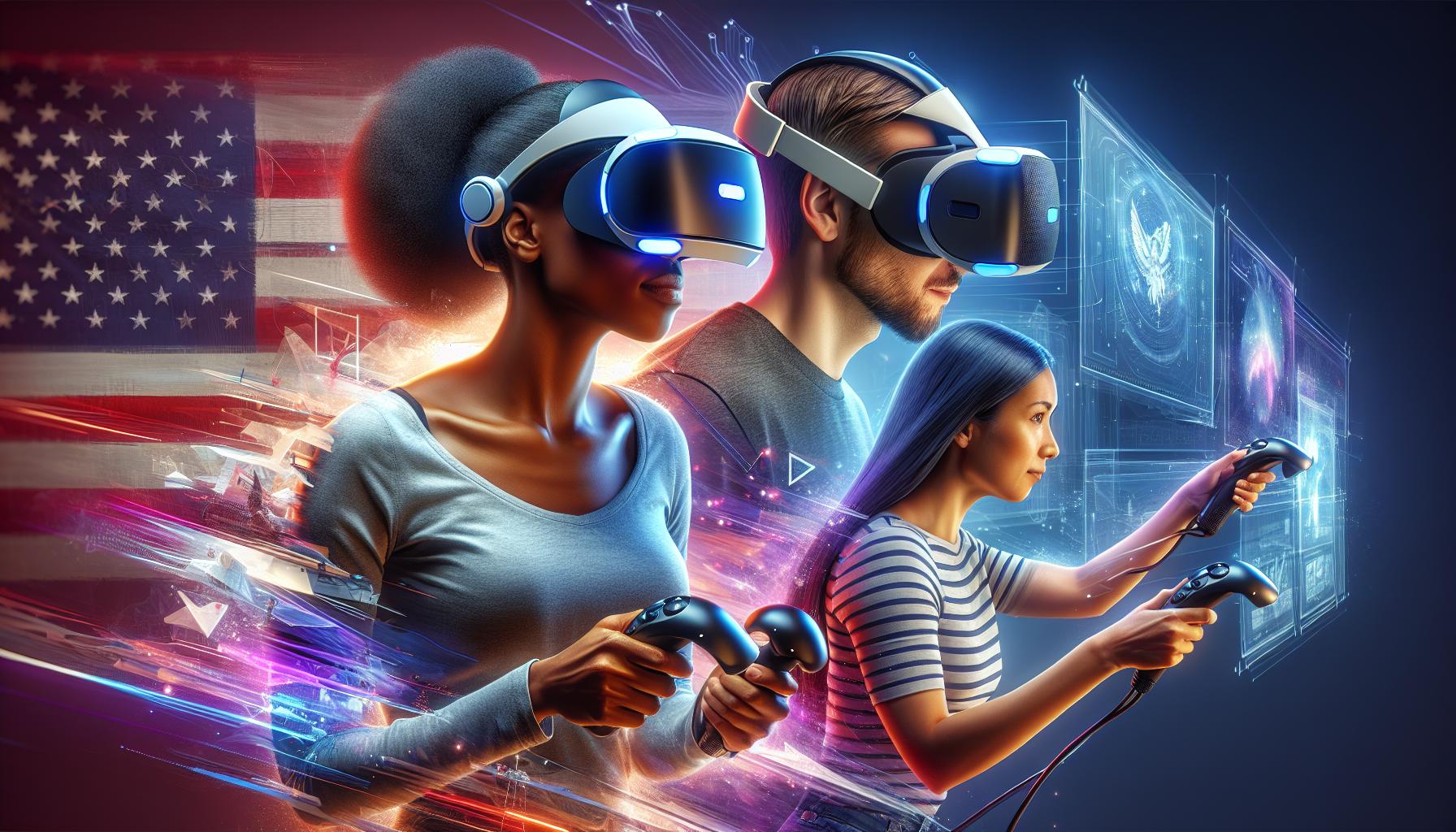Life often presents stark contrasts between what we expect and what actually happens. From social media filters to Hollywood magic, the gap between expectations and reality has never been wider. These reality vs moments serve as both entertainment and valuable life lessons.
People spend countless hours scrolling through perfectly curated Instagram posts or watching idealized representations in movies, only to face disappointingly different experiences in real life. Whether it’s that Pinterest recipe that looks nothing like the original or the expectation-shattering first day at a dream job, these reality checks have become a relatable part of modern culture. The internet’s favorite meme format Reality vs Expectations captures these amusing disparities perfectly, reminding everyone that life rarely matches the picture-perfect version in our heads.
Reality vs
The television landscape transformed dramatically with the emergence of reality programming in the late 1990s, creating a distinct divide between unscripted content and traditional scripted series. This shift reshaped viewer expectations and entertainment industry economics.
The Rise of Reality Programming
Reality TV gained prominence with pioneering shows like “The Real World” in 1992 and “Survivor” in 2000, establishing a new genre of entertainment. Networks embraced reality programming due to its authentic appeal and relatability factor, leading to diverse subgenres including competition shows, dating series, lifestyle transformations. Streaming platforms accelerated this growth by introducing original reality content, with Netflix reporting a 65% increase in reality show viewership between 2020-2021. The genre’s success stems from its ability to capture genuine human interactions, dramatic moments and relatable situations that resonate with audiences across demographics.
Production Costs and Profit Margins
Production costs demonstrate the economic advantage of reality programming over scripted content:
| Show Type | Average Episode Cost | Season Length | ROI Percentage |
|---|---|---|---|
| Reality TV | $350,000-$500,000 | 12-15 episodes | 150-200% |
| Scripted | $2-3 million | 10-13 episodes | 80-120% |
Reality shows generate higher profit margins through multiple revenue streams including product placement, merchandising and format licensing. Networks maximize returns through international adaptations of successful formats, creating localized versions in different markets. The reduced need for professional actors, elaborate sets and extensive post-production contributes to lower overhead costs.
Reality vs Virtual Reality: Distinguishing Between Worlds

Virtual reality creates immersive digital environments that simulate real-world experiences through specialized hardware and software. The distinction between physical reality and virtual environments continues to blur as technology advances.
Current VR Technology Capabilities
Modern VR systems deliver 360-degree visuals at resolutions up to 4K per eye with refresh rates reaching 120Hz. The latest headsets incorporate eye-tracking technology, haptic feedback controllers and inside-out tracking that enables natural movement without external sensors. Wireless capabilities now allow untethered experiences with up to 6 degrees of freedom. Advanced features include:
- Hand tracking sensors that detect individual finger movements
- Spatial audio systems providing directional 3D sound
- Motion controllers with precise position tracking
- Facial expression recognition for social VR interactions
- Field of view spanning 100-120 degrees horizontally
Real-World Applications
VR technology serves practical purposes across multiple industries and settings:
- Medical training for surgeons practicing complex procedures
- Architecture visualization for exploring building designs
- Military simulation for combat scenario training
- Engineering prototypes for testing product designs
- Education platforms delivering immersive learning experiences
- Mental health therapy treating phobias and anxiety
- Real estate virtual property tours and staging
- Remote collaboration tools for distributed teams
These applications demonstrate VR’s evolution from gaming-focused technology into a versatile tool addressing real-world challenges in professional environments.
Reality vs Perception: How Our Minds Process Truth

The human brain processes reality through complex neural networks that filter incoming information based on past experiences beliefs. This filtering mechanism creates individual interpretations of truth that often differ from objective reality.
The Role of Individual Experience
Personal experiences shape how individuals perceive reality through distinct cognitive frameworks. Past events create neural pathways that influence future interpretations of similar situations. The brain stores memories as reference points that act as filters for new information processing. These filters manifest in various ways:
- Memory patterns affect interpretation of current events
- Emotional associations color neutral situations
- Personal biases impact decision-making processes
- Sensory inputs receive different priority levels based on past experiences
Cultural and Social Influences
Cultural frameworks fundamentally shape perception through shared beliefs social norms collective experiences. Different societies interpret identical situations through unique cultural lenses that impact truth processing:
- Language structures affect cognitive processing patterns
- Religious beliefs influence interpretations of natural phenomena
- Social values determine acceptable behavioral norms
- Educational systems shape analytical thinking methods
- Media exposure creates shared reference points
- Family traditions establish basic perception frameworks
Society’s dominant narratives create perceptual shortcuts that members use to categorize process new information. These cultural filters operate automatically forming an invisible lens through which individuals view reality.
Reality vs Social Media: Navigating Digital Personas

Social media platforms create a significant disconnect between authentic life experiences and carefully curated online representations. This digital divide shapes how individuals present themselves and perceive others in the virtual space.
The Curated Online Self
Digital personas reflect highly selective versions of reality through filtered photos, edited captions and strategic content timing. Users showcase life highlights while omitting daily struggles, creating idealized representations that often exclude morning routines, work stress or relationship challenges. Social media profiles feature vacation photos from perfect angles, celebratory career announcements and carefully staged lifestyle shots. Platform algorithms amplify this curation by promoting engaging content that fits predetermined aesthetic standards. Recent studies indicate 76% of social media users admit to sharing only their best moments online, while 82% actively edit or filter their photos before posting.
Mental Health Impacts
Social comparison on digital platforms correlates with increased anxiety, depression and feelings of inadequacy. Research shows 3 hours of daily social media use leads to a 13% higher risk of anxiety symptoms among users aged 18-35. The constant exposure to idealized lifestyles triggers negative self-perception, with 65% of users reporting decreased life satisfaction after browsing their feeds. Platform features like likes, comments and follower counts create measurable metrics for social validation, leading to compulsive checking behaviors. Instagram users experience the highest rates of appearance-related anxiety at 42%, followed by Facebook at 39% and TikTok at 35%. Young adults who limit social media consumption to 30 minutes daily report significant improvements in mental wellbeing.
Reality vs Expectations: Managing Life’s Disappointments
Reality often diverges from expectations, creating a gap between desired outcomes and actual experiences. Managing these disappointments effectively requires practical strategies and a shift in mindset.
Setting Realistic Goals
Setting realistic goals starts with breaking down larger aspirations into measurable milestones. Research from the American Psychological Association shows that individuals who set specific achievable targets experience 70% higher success rates than those with vague objectives. Effective goal-setting incorporates the SMART framework: Specific, Measurable, Achievable, Relevant, Time-bound. Studies indicate that writing down goals increases achievement rates by 42%. Creating detailed action plans enhances goal attainment through clear progress tracking metrics. Setting benchmarks based on personal circumstances rather than comparing to others’ achievements leads to more sustainable progress.
Embracing Imperfection
Embracing imperfection transforms perceived failures into growth opportunities. Research published in the Journal of Personality and Social Psychology reveals that individuals who accept imperfection report 35% lower stress levels. Perfectionists experience 3x more anxiety symptoms compared to those who maintain flexible standards. Studies demonstrate that embracing mistakes leads to increased creativity and innovation in problem-solving. Organizations that foster a culture of learning from failures see 25% higher employee engagement rates. Accepting imperfection enables authentic self-expression and reduces emotional burnout. Data shows that individuals who practice self-compassion recover from setbacks 40% faster than those who maintain rigid expectations.
Modern Entertainment
Understanding the gap between reality and expectations empowers individuals to navigate life’s challenges more effectively. By embracing imperfection and setting realistic goals people can reduce stress and foster personal growth. The rise of social media virtual reality and reality TV has fundamentally changed how society perceives and interacts with reality.
Moving forward it’s crucial to maintain a balanced perspective between digital representations and authentic experiences. Through mindful engagement with technology and media while practicing self-compassion individuals can build resilience and find contentment in their daily lives.

